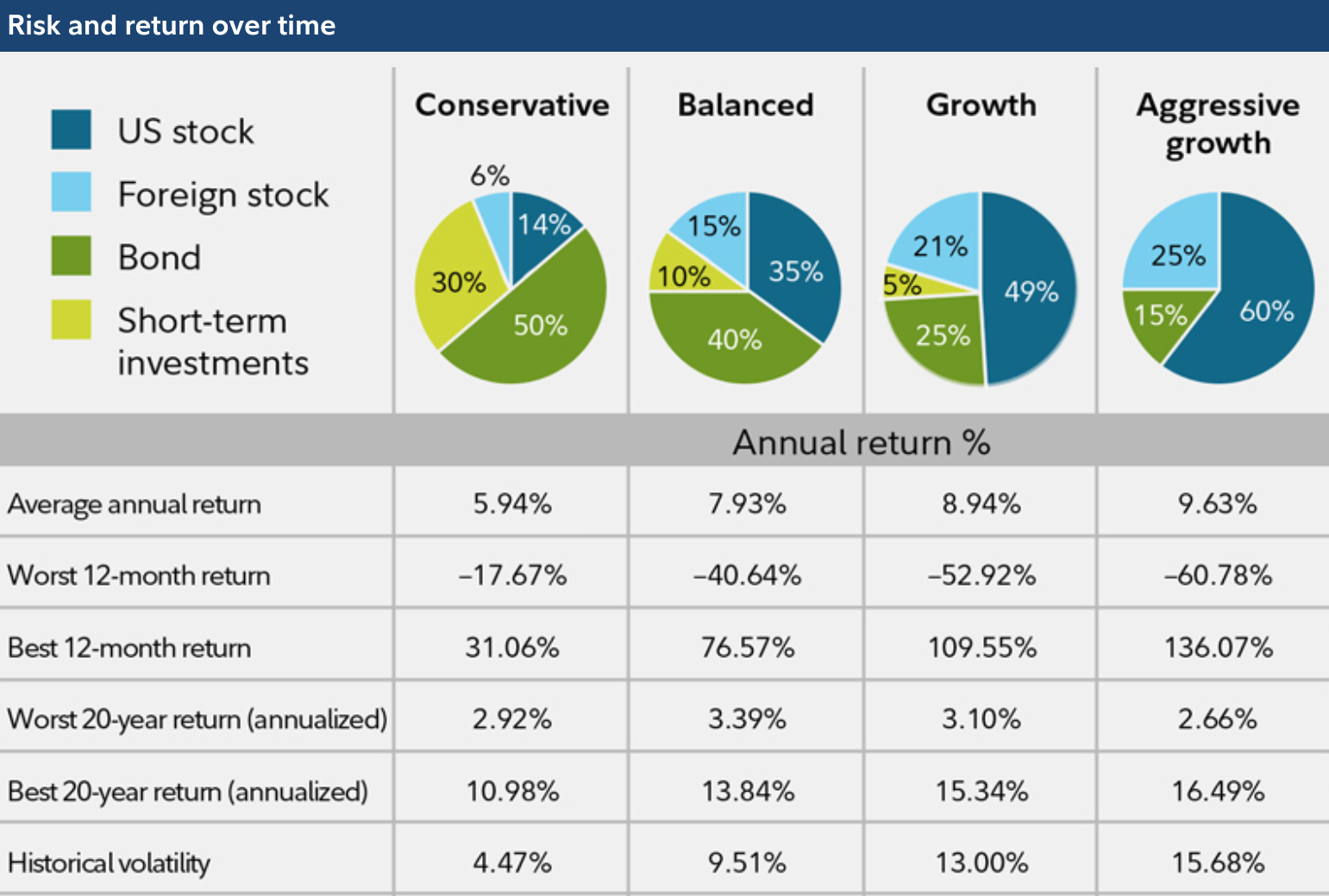Behavioral Biases and Their Influence on Asset Allocation Decisions Understanding behavioral biases’ influence on investment decisions and developing strategies to mitigate such biases is an essential component of annuity portfolio management and asset allocation. The study of behavioral finance sheds light on the psychological aspects that drive investor behavior and impact asset allocation techniques. Daniel Kahneman and his colleagues developed behavioral finance. We will investigate the relationship between behavioral finance, annuity portfolio management, and asset allocation throughout the course of this essay. Individuals can make educated and reasonable decisions regarding the allocation of assets within their annuity portfolios if they can recognize and overcome the behavioral biases they face. This leads to optimized long-term performance.

Having a better understanding of the impact investor behavior has on asset allocation.
The actions of investors are a crucial factor in the asset distribution choices made within annuity portfolios. Investors have frequently been led astray from making logical decisions by cognitive biases, emotional biases, and heuristics, which can hurt the optimal distribution of assets. To ensure efficient asset allocation, it is essential to have a solid understanding of the influence that investor behavior might have. read more
The herd mentality is one of the most common forms of cognitive bias. This occurs when investors follow the crowd rather than conduct in-depth research or analysis. This behavior can lead to asset bubbles or market overreactions, which can affect the decisions made about asset allocation within annuity portfolios. In addition, the bias of loss aversion leads investors to place an excessive emphasis on avoiding losses, resulting in a conservative asset allocation that may stifle potential prospects for growth.
Behavioral Biases and the Influence They Have on Decisions Regarding Asset Allocation
To effectively handle behavioral biases in annuity portfolio management and asset allocation, it is vital to have a solid understanding of the many types of preferences and their impact on decision-making about investments. Some of the more effective forms of prejudice include the confirmation bias, the anchoring bias, and the overconfidence bias.
The phenomenon known as confirmation bias occurs when people look for information that backs up the ideas they already hold while ignoring data that runs counter to those beliefs. This bias might result in an imbalanced asset allocation within annuity portfolios and a one-sided perspective on investment opportunities. The phenomenon known as “anchoring bias” describes the propensity to base one’s conclusions on early information or one’s prior experiences to an excessive degree. Investors who are fixated on the performance of their investments in the past may miss opportunities to modify their asset allocation in response to shifting market conditions.
Another common behavioral bias is known as the overconfidence bias, which occurs when individuals overestimate their talents while simultaneously underestimating risk. This bias can lead to excessive risk-taking and an asset allocation within annuity portfolios that is imbalanced and does not correlate with the genuine risk tolerance of the client.
Methods for Overcoming the Effects of Behavioral Biases When Distributing Assets
Implementing practical solutions is required to reduce the impact of behavioral biases on annuity portfolio management and asset allocation. These options include:
Education and Awareness:
To effectively manage an annuity portfolio, it is vital to educate oneself on typical behavioral biases and the influence those biases have on investment decisions. When it comes to the distribution of assets within their annuity portfolios, investors with a higher level of self-awareness can better understand and consciously overcome the biases they face.
Diversification and Risk Management:
Spreading the risk that comes with an investment portfolio across some different asset classes can help reduce the impact of behavioral biases. Emotional decision-making has less of an effect on asset allocation when investors have access to a well-diversified annuity portfolio.
Systematic Approach:
Taking measures to implement a systematic approach to asset allocation, such as adhering to a planned investment plan or using techniques based on predetermined principles, can help limit the impact of emotions and biases on investment decisions made for annuity portfolios.
Conduct periodic reviews of annuity portfolios and rebalance them when necessary. Despite short-term shifts in the market, it is essential to maintain the proper asset allocation by conducting regular reviews of annuity portfolios and rebalancing them when necessary. This systematic approach has lessened the influence of biases caused by changes in market sentiment.
Seeking the advice of professionals Seeking the guidance of professional financial advisors or asset allocation specialists can give investors objective insights and assist them in overcoming prejudices in managing annuity portfolios. These experts can provide accurate guidance founded on their knowledge and experience, which helps minimize the impact of personal preferences.
Conclusion
It is essential to overcome behavioral biases to manage annuity portfolios and allocate assets successfully to make informed and sensible decisions. Investors can maximize their portfolios and accomplish their financial goals when they have a solid understanding of the connection between behavioral finance, asset allocation, and the management of annuity portfolios. When it comes to the distribution of assets within their annuity portfolios, individuals can make more reasonable and objective decisions if they recognize the impact of behavioral biases and take steps to mitigate the effects of such biases.













Leave a Reply